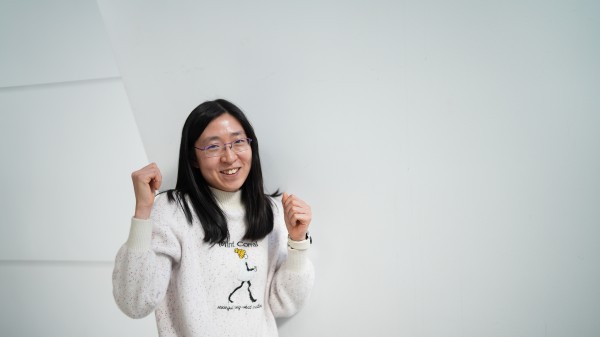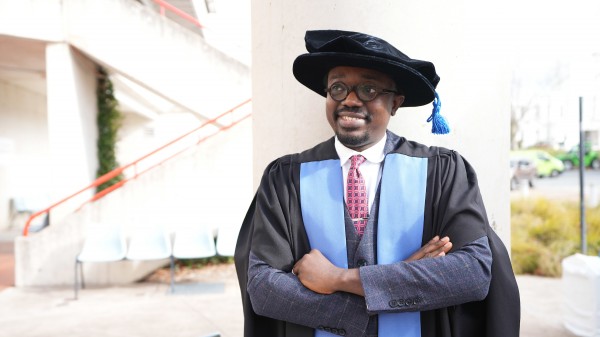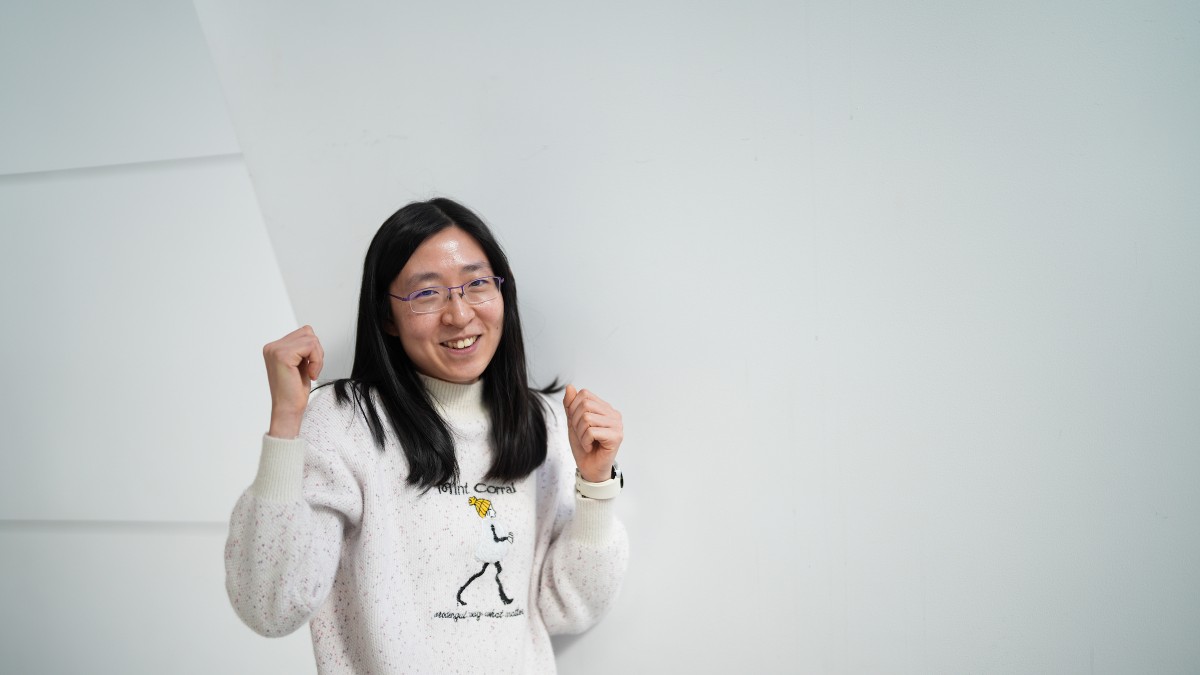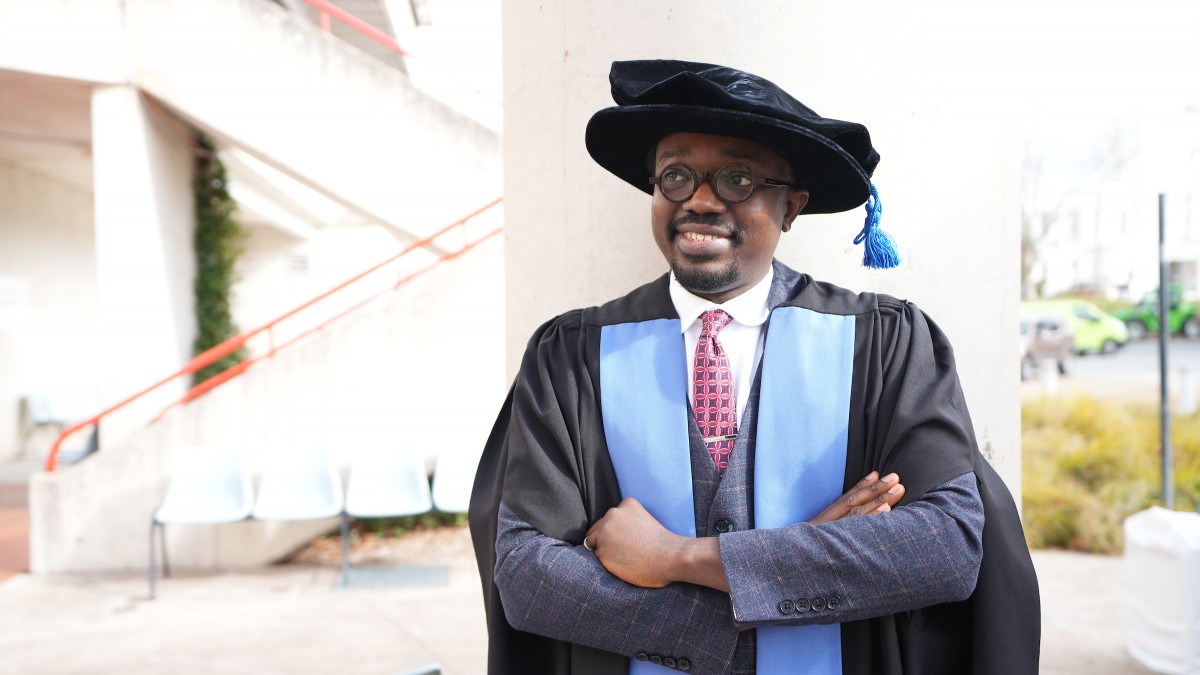As seen in our recent coverage of gender balance for International Women’s Day, certain fields wthin science, health and medicine have proved more resistant to equal female representation than others. Surgery is one of them, with only 13 percent of the Royal Australasian College of Surgeons being women.
The Chair of Surgery at the ANU Medical School and two surgical trainees at the Canberra Hospital contribute their perspectives on why, when we have gender balance among our medical students, equal representation has been so hard to achieve among surgeons.
Women in surgery - why not?
By Professor Klaus-Martin Schulte, Chair of Surgery at the ANU Medical School.
Gender equality tackles the deeply held prejudice that men are somehow better or more apt than women to exercise certain faculties or fulfil certain roles. If crude testosterone was once an advantage to medieval or early battlefield surgeons, the advent of peace, prosperity, anaesthetics, haemostasis, visual enhancement, and micro-surgical techniques, among others, now allows a subtle approach to the most complicated anatomical situations. Surgery has changed and it continues to change; the genderless “it” of the robot placed between patient and operator will soon render gender-bias in surgery a laughable concept.
Now, have the surgeons moved along with the evolution of their craft? I dare claim yes, most of us indeed have. If we are to sustain and further improve on the implementation of gender equality in surgery, we need to dispel not only the myth that surgery is too hard for a woman, but the myth that nothing has changed for women in surgery.
The headcount of female fellows of the Royal Australasian College of Surgeons (RACS) is a mere 13 percent. This fact is not so much a disappointment, but evidence of the generational nature of the change needed to occur. Fellows stay for a lifetime – and so the current statistics reflect on many thousands of decisions taken over a very long period of time, in fact up to half a century.
Let us look at some fresh data. In cooperation with the RACS, key stakeholders at ANU and in the ACT have in the past five years driven an agenda of change, seeking to redress inequalities in opportunity, addressing issues in the workplace, and removing barriers. We have worked to inspire trust in our female students at the ANU Medical School that they have our commitment to support them in a still male-dominated field.
As a result of all these activities we can today look onto a changed skyline: female trainees in surgery are part of the very normal and expected sights across all sites of care provision in the ACT. Across the surgical disciplines in the ACT, women now account for 30 percent of the registrar workforce. Even higher percentages are found in disciplines such as general surgery or ophthalmology. Now, 30 percent is categorically better than the historic 13 percent – but it is far from good enough.
 To become a surgeon is setting out on a very long career path. Following at least eight years of undergraduate and postgraduate studies we release our students. Two to four years of training as unaccredited registrars and five or six years of accredited training until fellowship deliver the female surgical consultant often in their mid-thirties, when some might sense their last opportunity to finally build a family. Often enough that process is perceived as a defining obstacle. Today, the pursuit of a surgical career is based on relentless input and effort, defining even temporal pauses as black holes with no return.
To become a surgeon is setting out on a very long career path. Following at least eight years of undergraduate and postgraduate studies we release our students. Two to four years of training as unaccredited registrars and five or six years of accredited training until fellowship deliver the female surgical consultant often in their mid-thirties, when some might sense their last opportunity to finally build a family. Often enough that process is perceived as a defining obstacle. Today, the pursuit of a surgical career is based on relentless input and effort, defining even temporal pauses as black holes with no return.We need to find better solutions than those at hand. When they set out to give birth to a family, our just ready-to-go female surgeons need a pause from an overly busy life. They are prone to deskill, a vulnerability readily picked up by those around them. They “conveniently” drop out of the competition for permanent posts as consultants or staff specialists. When they return to work, they have been half forgotten or bypassed. Losing time is losing traction. How do we hold and regain that traction? Where are our clinical skill training centres with their teachers dedicated to maintaining skills and continuing education during prolonged maternity leave? Where are our seamless programs purposed to reintegrate and augment the surgical capacity of those returning to the job, those who have invested more than half their conscious lives into the surgical craft just to be let down by our learned helplessness. When it comes to pregnancy and family time our rigid institutions still seem to treat motherhood as the individual “problem” of their female surgeon employees, offering piecemeal solutions instead of a proper package.
Finally, nobody wants to live in a swamp, neither men nor women. We need to stamp out harassment and bullying, and some shameless sexual innuendo on our corridors. RACS and ANU have led a campaign on our campus and things are better than they were before. Much more needs to be done still – but it doesn’t come by the mere enforcement of discipline or heavy-handed approaches to the trivial. Lasting change is achieved through our determination to build better hearts and better minds – and by starting with ourselves.
That will only work out if we set a clear course and proceed with good example. As you have seen, our senior surgical workforce has by and large decided to do so, and that is reflected in the current head count. But nothing has spoken more clearly than the living example of our female surgical trainees who meet with our students, and who have been seen at work – not distraught or under discriminating pressure, but mostly happy and working away with commitment and diligence, learning with enthusiasm, suffering with dignity, and surviving those long nights on call as one does when one wants to become a surgeon.
Surgeons do not grow on trees, and we will continue to discover and mentor the coming generation without partisanship and in full acknowledgement of the equal role of women in the surgical world.
To do or not to be?
I am in my first months of work as a junior doctor, and I want to be a surgeon. But, when I confess this ambition it leads more often to a conversation about the hurdles for women in surgery, than a conversation about the path to get there.
Too often discussions about women in surgery are stagnant, philosophical and disheartening. Instead they should be dynamic, practical and empowering. It is too easy to be overwhelmed with the issues, too tempting to hold our collective breath and be paralysed with inaction. By acknowledging the problems while shifting our focus to the future, we will create innovative solutions to get over, and even remove, the hurdles along the path to the benefit of all – regardless of gender. Much work is underway towards this end, and there is much more to be done.
I am cognisant of the dangers and disrespect of talking on behalf of all women with the same ambitions. But from my personal exposure I can say with a certain level of confidence that we know the issues. We are well aware that training for a career in surgery will be hard. It is hard regardless of gender. But the reward must be worth it, or else no one would do it.
Be bold!
 By Dr Juliana Mai, surgical trainee at The Canberra Hospital
By Dr Juliana Mai, surgical trainee at The Canberra HospitalOne's achievements are not only the fruit of their own commitments and sacrifices, but they are a testament to the trainee's supporters, teachers and mentors, and I am fortunate to be an aspiring surgical trainee in the current evolving culture of medicine.
The spotlight of today's practices tends to be drawn towards the barriers and negativities as part of becoming a female doctor, in particular, a female surgeon. The RACS highlights that although 60 percent of medical students are female, only 13 percent of our senior colleagues are represented by our gender. However, I would encourage people to recognise that many of our other 87 percent of senior colleagues are continuously committed to the training and teaching of the new generation of female surgeons.
My passion for general surgery was ignited by the generosity and dedication of my mentors, both male and female. As such, I believe the modern surgeon is the embodiment of the efforts of all our senior surgeons. This career may not be for everyone, but for those who are willing to embark upon this path and embrace its challenges, the process and result is sure a rewarding one. So be bold, ambitious, curious and courageous. Be a surgeon of modern medicine!











